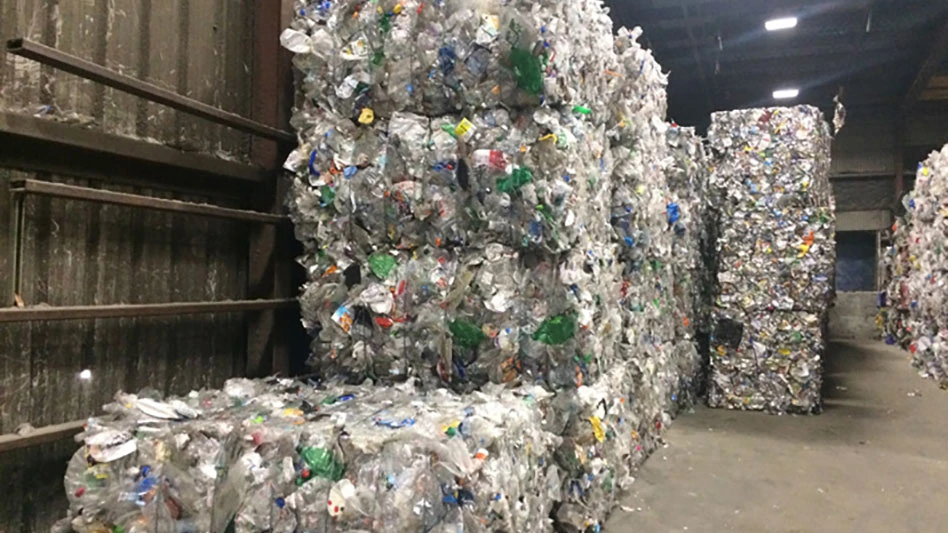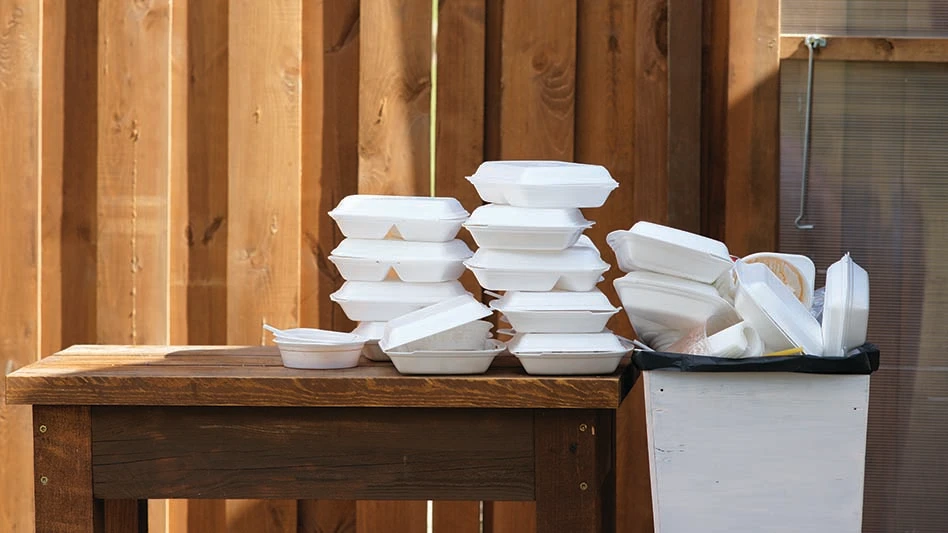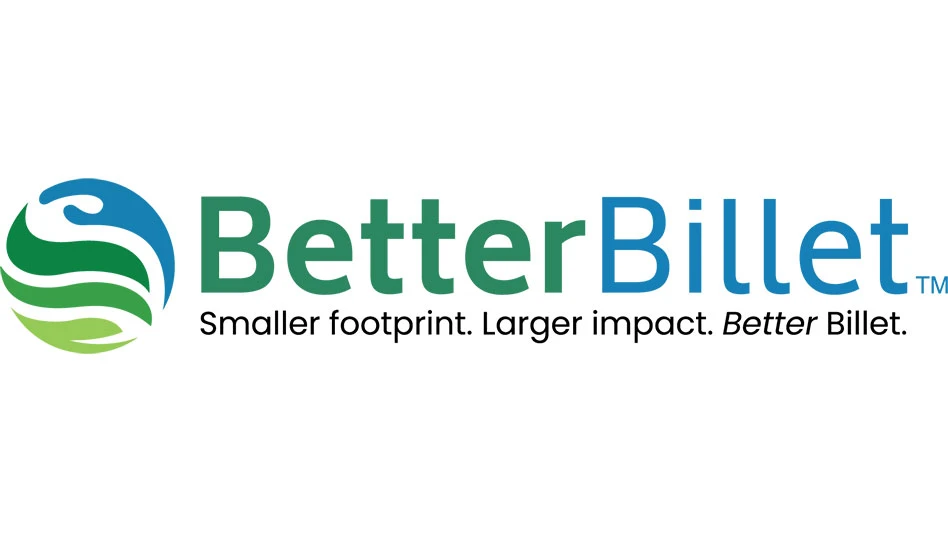When President Thomas Jefferson sent Captains Meriwether Lewis and William Clark with 40 explorers and tons of supplies west in 1804, one of his hopes was they would find a water route to the Pacific. Jefferson believed that such a route would open up the North American continent to trade. After an arduous 8,000 mile, two-year trek, Lewis and Clark and their Corps of Discovery didn’t find the "Northwest Passage" and, with great reluctance, had to inform Jefferson that the westward transport of people and supplies was going to be considerably more difficult than the President ever imagined.
Today, those in the scrap and recycling industries face some of the same daunting challenges confronted by Lewis and Clark – how to move large amounts of material economically and efficiently over long distances. To help you deal with your own transportation issues, Recycling Today inaugurates with this issue its first Transportation Guide.
The Guide is divided into three parts. Part One discusses the movement of scrap via barge. This mode of transportation is often forgotten as a viable way to move scrap. However, as Senior Editor Dan Sandoval reports, price and availability make barges an attractive transportation option. Barge rates can be as much as one-half that of rail movement, depending on where and when the material is being shipped. One of the potent forces behind "move by barge" is the decision by more and more mini-mills to locate on waterways.
In Part Two we move on to land – specifically the rails. For most large scrap processing facilities the railroad network remains an intricate part of the way they conduct business. Managing Editor Brian Taylor points out that railroads are increasingly offering sales and marketing services to help processors take full advantage of rail shipping opportunities. This extends to even laying new track if the numbers are right.
But all is not simple when shipping by rail. Scrap processors still must contend with railroad mergers, gondola car shortages, federal weight restrictions and much more. However, knowing how to best "ride the rails" can significantly lessen your aggravation and costs.
Scrap processors and consumers are placing enormous pressure on trucking companies to generate greater efficiencies and lower costs. Further, driver shortages, weight restrictions and intense competition are raining down on the trucking industry. Yet as Dan Sandoval explains in Part Three, the trucking industry still has a hammerlock on the movement of recyclables.
Meriwether Lewis believed that his inability to find the "Northwest Passage" meant the Lewis and Clark Expedition was a failure. What he didn’t understand was that he showed convincingly where there is a will to move people and material, there is a way. A sound lesson for anyone moving recyclable commodities today.
The author is editor of Recycling Today.
Get curated news on YOUR industry.
Enter your email to receive our newsletters.

Explore the August 2001 Issue
Check out more from this issue and find your next story to read.
Latest from Recycling Today
- GFL opens new MRF in Edmonton, Alberta
- MTM Critical Metals secures supply agreement with Dynamic Lifecycle Innovations
- McClung-Logan Equipment Company joins Tana’s authorized dealer network
- Grede to close Alabama foundry
- Plastics Recycling Conference 2025: Working toward their targets
- SWACO rolls out new commercial recycling and food waste programming
- Updated: Matalco to close Canton, Ohio, plant
- Metso launches electric Anode Weighing and Casting Machine






